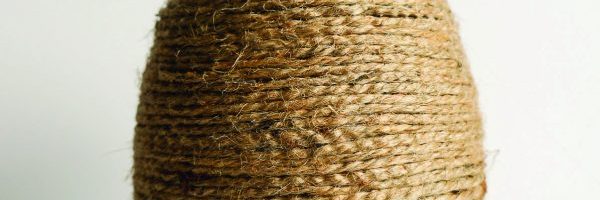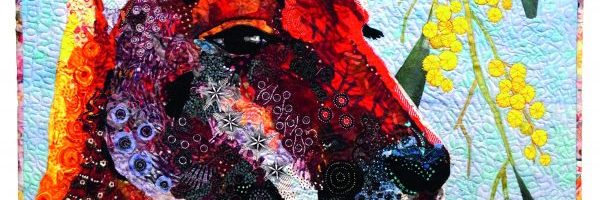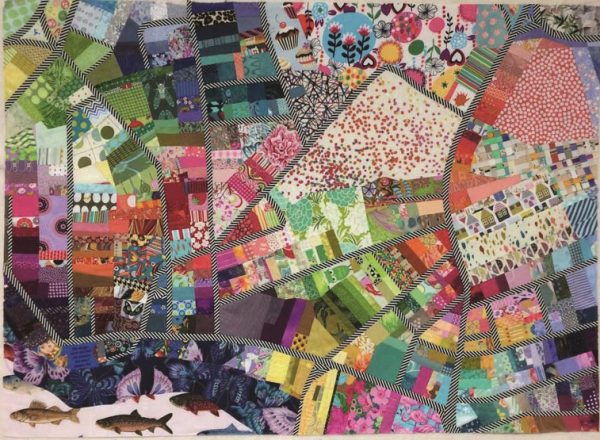
How did they do it? Fall in the Falls by Timna Tarr
American artisan Timna Tarr talks about the way she combines cartography, colour and urban development in her unique quilted maps.
Fall in the Falls by Timna Tarr
Size: 101.6cm x 71.12cm (40in x 28in)
How did you come up with the idea for the quilt and what did you want to achieve?
I’ve been making map quilts of my neighbourhood of South Hadley Falls, Massachusetts, for a couple of years. The neighbourhood sits in a crook of the Connecticut River, where there is a natural fall in the river elevation, and now it is home to a dam. I enjoy exploring how the man-made infrastructure of the town fits in with the geography of the area. Each piece of fabric in Fall in the Falls represents a parcel of property. Seeing how the land has been divided into odd-shaped lots over the last 250 years was quite interesting to me.
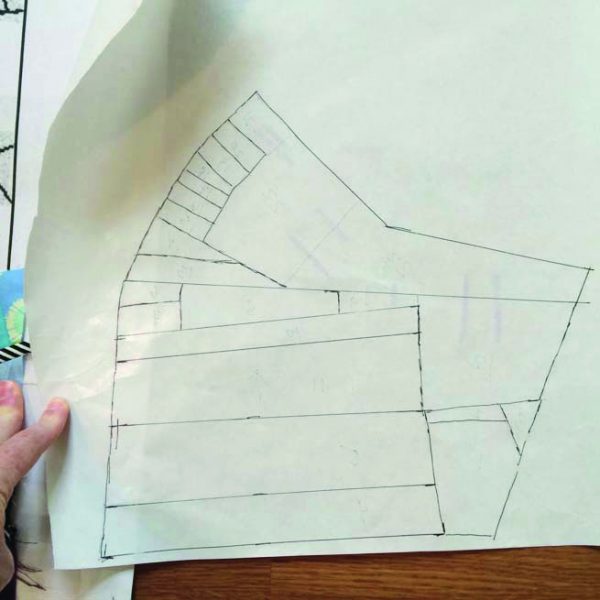
My favourite part of quilt making is playing with colour. In this quilt I really wanted to create a colourscape. Only two fabrics are related to the properties that they represent. Nancy Drew sits on the public library space and there are fish in the river. Some of the large parcels are blighted factory buildings that are now being used for new purposes, so I wanted to use happy bright colours to symbolise a revitalisation of the neighbourhood.
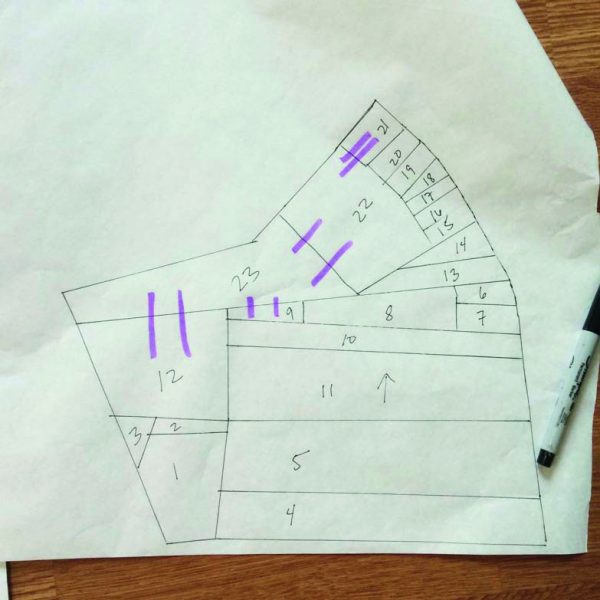
Learn how to make a New York beauty block with foundation piecing
Did you have an overall design completed for the quilt before you started, or did you just start making it?
I had a paper map from the Town Planner’s office enlarged and worked directly from that. The basic design of the quilt was set for me, although I did crop the map to a size and shape that I liked. As for the colour, I started in a middle section of the map that did not seem too intimidating, then worked my way out from there. I did not have a colour plan; rather, I worked somewhat intuitively using my scrap bins for most of the piece. The hardest part was choosing the large pieces of fabric that are on the factory properties at centre top of the map. Because those pieces are comparatively large, I did not want them to overwhelm the tiny pieces around them and I wanted them to blend in with the rest of the colour story.
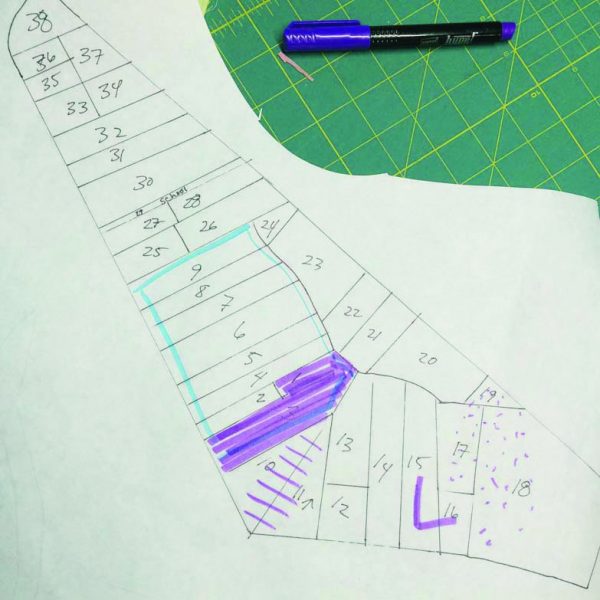
How is the quilt constructed?
I tried a few different methods on this quilt, but what I settled on was a combination of paper piecing, traditional piecing, and a little bit of hand appliqué.
Using my paper map, which had all of the property lines delineated, I traced one “block”, or the section of properties bordered by streets, onto the shiny side of freezer paper with a fine-point Sharpie. The dark lines allowed me to then turn the freezer paper over to dull-side-up and re-trace the lines with pencil, giving me a reverse copy of the paper map. This became my paper piecing pattern for the block. I made patterns for each block separately, knowing that if needed I could use the streets as coping strips. I then pieced the blocks using traditional paper piecing techniques.
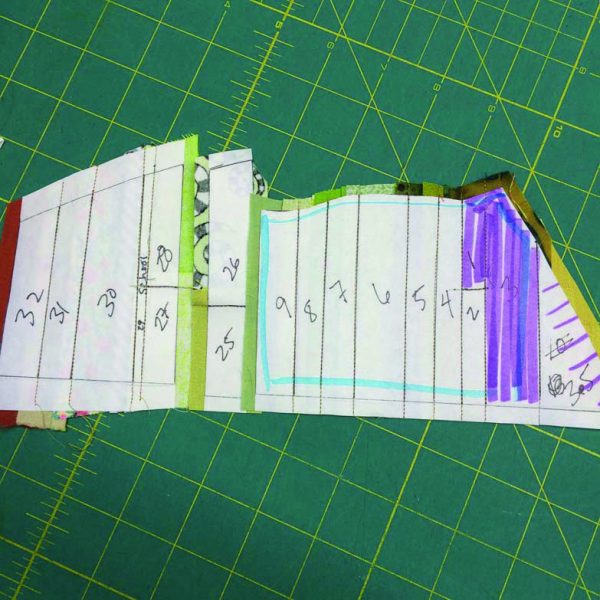
After constructing several blocks, I attached them to the black and white striped streets with ¼in piecing seams. In some places I was only able to machine piece one side of the street accurately, so I then hand-appliquéd the other side of the street to its adjacent blocks. If I had better planned out the process, I would have made one giant paper-piecing pattern and put the whole thing together that way. But one part of quilting that I really enjoy is experimenting with construction techniques, even if it is not always the most efficient way to get to the end product.
The quilting was done by stitching-in-the-ditch with my longarm and hand-quilting in some of the large open areas.
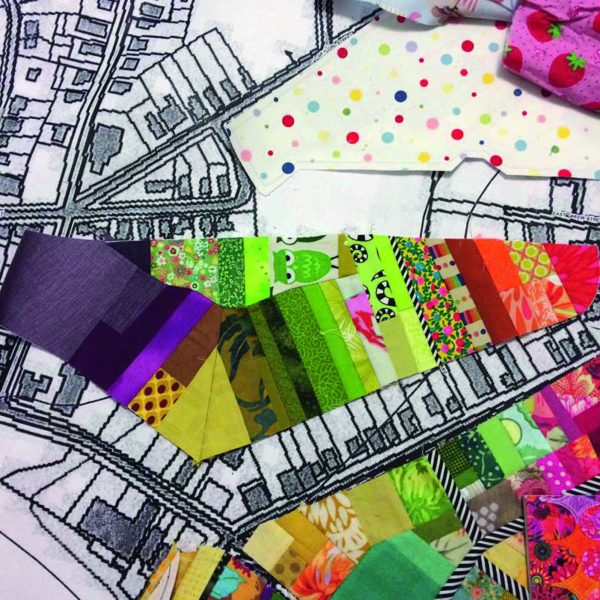
Learn raw-edge machine appliqué using decorative stitches
Did you use any speciality products?
The only even remotely specialty product I used was freezer paper! It is one of my favourite tools of the trade — cheap and versatile. I used Superior Threads’ Mono-Poly clear thread for much of the quilting. I did not want the quilting to show on this quilt — it just needed to be functional. The batting is Quilters Dream wool. I love the dimension one can achieve with wool batting.
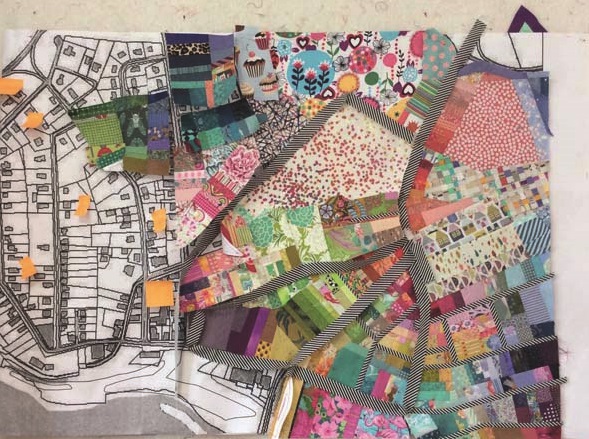
Did it turn out how you envisaged?
My quilts never turn out as I think they are going to, but this one came close. I did not plan the black and white stripes, but they were a fun surprise that literally and figuratively tied everything together.
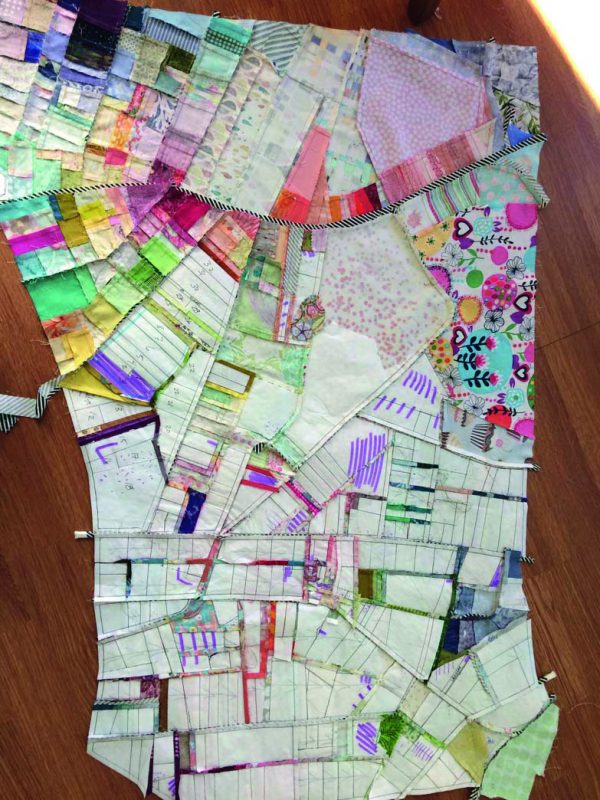
Learn how to modernise traditional quilt blocks
Is the quilt made for your own enjoyment, as a gift, or will you enter it in any competitions?
Fall in the Falls was made for my own entertainment, but I will enter it in a few competitions. Because I do not have a lot of wall space, I rarely hang my own quilts at home. This quilt is smaller than most of my other work (40in x 28in). I suspect that after it has lived its life at quilt shows, it will retire to a wall in my house.
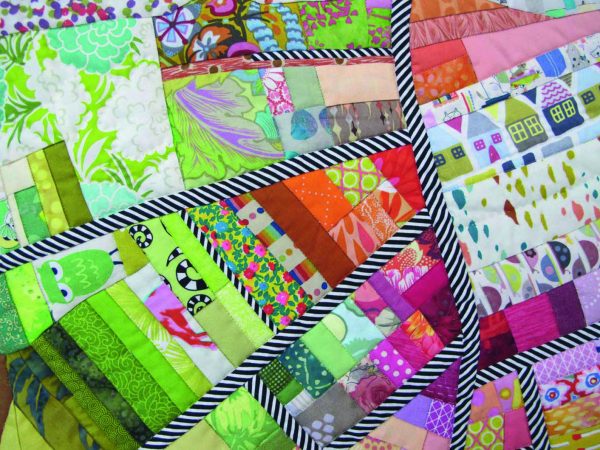
You can see more of Timna’s work by visiting www.timnatarr.com!

